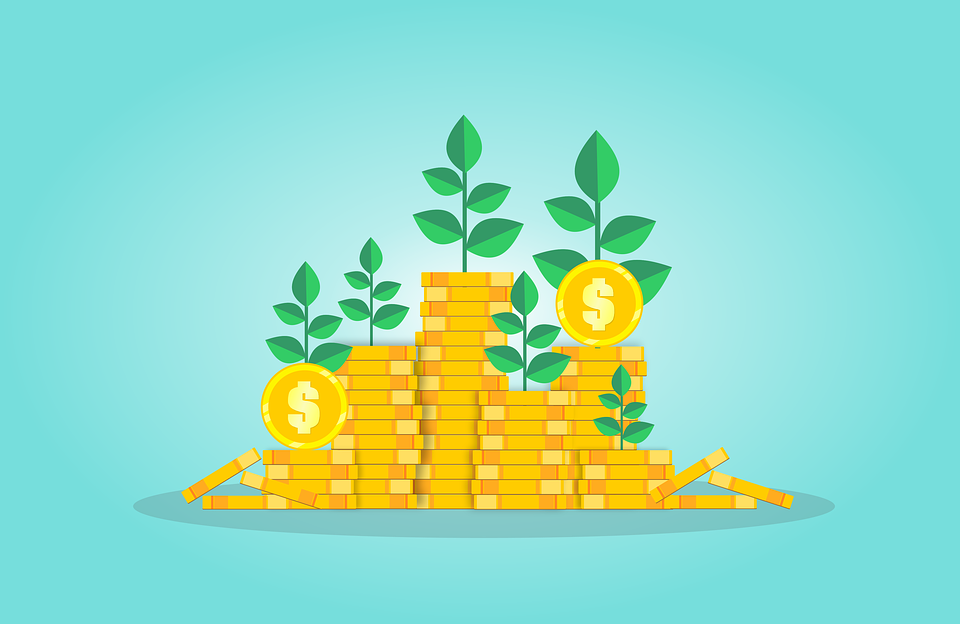Investor Insights: Key Natural Resources To Keep An Eye On For 2022
5 Mins Read
Published on: 12 April 2022
Last Updated on: 09 September 2024

toc impalement
In the world of investing, there are many different options to choose from. You can invest in stocks, bonds, real estate, and various other assets.
However, one investment option that is often overlooked is natural resources. Despite volatility in the stock market and global economic uncertainty, investing in natural resources can be a smart move for investors looking to 2022.
Here’s why:
- During periods of inflation, natural resources tend to outperform other investments like stocks and bonds. This is because commodity prices usually rise when living costs go up. So, if you’re worried about inflation in the next few years, investing in natural resources could be a good way to protect your portfolio.
- Global demand for natural resources will only increase in the coming years. This is due to population growth and the rise of developing economies.
- Industries will always have a consistent demand for natural resources. For example, the construction and automotive industries need metals like iron and aluminum. Additionally, the electronics industry needs minerals like cobalt and lithium.
In this blog post, we will look at four key resources that investors should keep an eye on. These being:
- Cobalt
- Lithium
- Manganese
- Gold
We will provide a definition and discuss the market outlook for each resource. So whether you’re new to investing or just curious about the natural resources market, read on for more information.
4 Natural Resources To Keep Looking For in 2022

1. Cobalt
Cobalt is a metal primarily used in the production of lithium-ion batteries and other rechargeable batteries used in technologies such as the electric vehicle (EV). It is also used to produce alloys, magnets, and pigments.
Cobalt demand has skyrocketed thanks to the push towards green reusable energy globally. This is particularly true when you consider the explosion of the popularity of electric vehicles on the market.
As a result, cobalt demand is expected to increase over the coming years due to the unprecedented growth of EVs. The current demand for cobalt is so high that economists hypothesize a supply deficit as early as 2025, making this resource a valuable investment.
However, a key consideration is that most of the world’s cobalt supply comes from the Democratic Republic of Congo, which has been plagued by political instability in recent years. This has resulted in high prices and volatile markets for cobalt.
Currently, the global cobalt market is worth an estimated $20 billion. According to Roskill’s “Cobalt: Global Industry Markets and Outlook” report, the market is expected to grow at a compound annual growth rate (CAGR) of 11% from 2020 to 2030.
2. Lithium
Lithium is another metal used in the production of lithium-ion batteries and a variety of other industrial applications such as the manufacturing of glass and ceramics.
Like cobalt, the current global lithium supply is not meeting demand, which is being driven by the increasing popularity of EVs and other lithium-ion battery technologies. Most of the world’s lithium supply comes from Argentina, Australia, Chile, and China, with global production levels sitting at around 35,000 metric tons in 2019.
The current value of lithium makes this resource an attractive investment, as the price of lithium has increased by more than 50% since 2016. And according to Benchmark Mineral Intelligence’s “Lithium Outlook 2021″ report, the market is expected to grow at a CAGR of 13% from 2020 to 2025.
3. Manganese
Manganese is a metal used in the production of steel and other alloys. It is also used to manufacture dry-cell batteries, fertilizers, and ceramics. Manganese demand is driven mostly by the steel industry, as it is an essential component in steel production. In fact, around 90% of manganese goes into steel production globally.
Meanwhile, the manganese supply is constrained by a few key factors, such as the limited number of manganese-rich ore deposits and the small number of countries that produce manganese. However, new technologies are being developed that aim to extract manganese from lower grade ores, which could help to increase the global supply.
Currently, Australia, Brazil, China, and South Africa are the biggest producers of manganese. According to The Assay, South Africa alone accounts for 30% of worldwide manganese production and consequently makes up for 50% of global exports.
If you’re looking for a stable investment, manganese is a good option as the market has been relatively stable over the past few years. However, there is potential for growth in the manganese market as global steel production is expected to increase in the coming years. MarketWatch has calculated manganese’s compound growth rate at 2.8% between 2022 to 2026.
4. Gold

Gold is a precious metal that has been used as a form of currency, jewelry, and investment for centuries. Gold is most commonly traded in the form of bullion, coins, and ETFs.
Gold is seen as a safe-haven investment, as it is relatively stable and does not correlate with other asset classes such as stocks and bonds. Furthermore, gold has historically been a safe investment during periods of inflation; this is because gold is a tangible asset with a limited supply.
Gold prices are driven by central bank policy, global economic growth, and geopolitical risk. In recent years, we have seen gold prices increase due to quantitative easing measures by central banks around the world.
The current global gold market is worth an estimated $11 trillion and is expected to grow at a CAGR of around 0.75% from 2020 to 2025, according to Metals Focus “Gold Survey 2021” report.
Given the current global economic environment, investors’ inflation is a key concern. As a result, gold is an attractive investment as it has the potential to hedge against inflation.
Conclusion
In conclusion, there are several key resources that investors should keep an eye on for 2022. These resources include cobalt, lithium, manganese, gold, and uranium. Each of these resources is used in various industries and has unique supply and demand dynamics. As a result, they each offer different opportunities for investors.
When investing in natural resources, it is important to keep up-to-date with the latest market developments and understand the factors that drive prices. This will help you make informed investment decisions and maximize your chances of success.
Read Also:


















Comments Are Closed For This Article